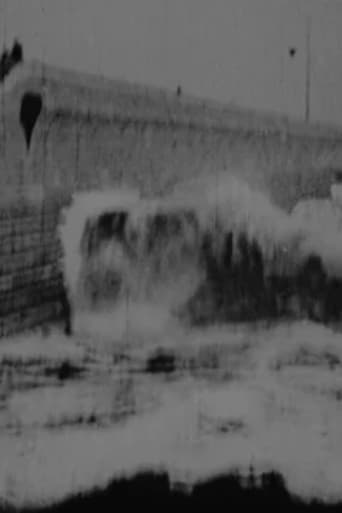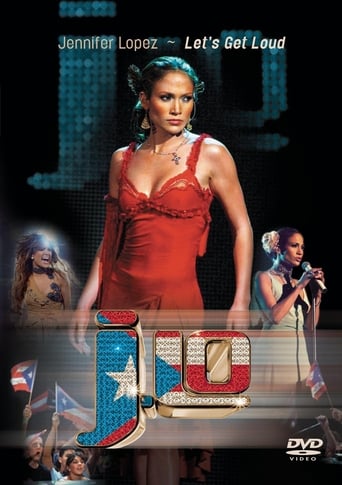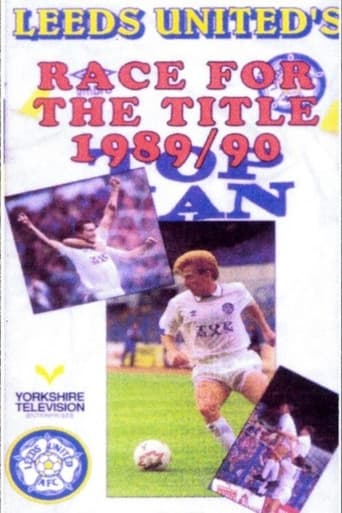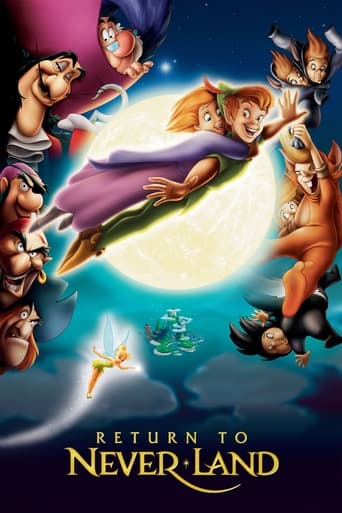


Rough Sea at Dover
The surf pounds against a breakwater on which are visible several people standing. The wall looks to be about 20 feet above sea level and extend at least 100 feet into the water. A large wave rolls picturesquely along the wall toward the shore. Smaller waves follow. Then the scene changes to river water flowing. We see both shores: in the foreground a log and tree branch are visible; on the far shore, there appears to be a low wall with trees beyond it. The camera is stationary in both shots.
-
- Cast:


Reviews
Most undeservingly overhyped movie of all time??
Good concept, poorly executed.
A film of deceptively outspoken contemporary relevance, this is cinema at its most alert, alarming and alive.
A great movie, one of the best of this year. There was a bit of confusion at one point in the plot, but nothing serious.
This short feature is included in Kino's "The Movies Begin" set in the second volume. It is the only Birt Acres feature included in that volume, and I'm presuming all the others don't include any other films by the director. Besides the sea being rough in the film, the print condition is also. I can't guess why this was included in Kino's set because there isn't really much point to it. There are plenty other films showing stuff like this with rough seas. However, this was made in 1896 and back then it would have been well appreciated I'm sure. This short is 30 seconds or a bit more than that and it's interesting...while it lasts.
This film, if you'll pardon the pun, created quite a storm upon its release in the first days of the cinema, and given the turbulent thrashings of the waves here it's hardly surprising. Workers leaving a factory and men pretending to be blacksmiths against a black background tend to pale in comparison. This also succeeds in the same way that the Lumiere's films succeeded: in the way that it captures motion, something a conventional camera was incapable of doing. It was a major advantage for the motion picture, and it's perhaps not surprising that it took filmmakers so long to see beyond this to the other potential uses of cinema.
Robert Paul and Birt Acres were England's first commercial filmmakers and, thus, largely introduced motion pictures to the country (although Edison and Lumière quickly entered the market, as well). Additionally, this film of theirs, "Rough Sea at Dover", in particular, had a distinguished journey in introducing motion pictures and, moreover, cinema to the UK and US. To begin, Paul exploited the negligence of Thomas Edison not patenting his Kinetoscope peephole viewer in Europe by copying it to go into the Kinetoscope parlour business for himself, as well as selling them to others. Paul would also later sell the projectors he invented, and he provided Georges Méliès and Charles Pathé, among others, with their starts in the business. Yet, since Edison didn't sell his Kinetograph camera and, thus, didn't expose it to duplication, Paul had to invent his own. For this, he acquired the assistance of Acres. They made several films together with their camera before parting company, including this one. That the subject of "Rough Sea at Dover" takes place not only outdoors but also by the rough seas indicates the superiority of their camera to the Kinetograph, which was a bulky, electrically driven, camera essentially trapped within the "Black Maria" studio.John Barnes ("The Beginning of the Cinema in England"), indeed, has attributed the popularity of the film to its natural, actuality setting standing out in early programs where it was surrounded by indoor staged and fiction films, especially those the Edison Company lifted from vaudeville. Barnes also points out that unlike other films originally photographed for the Kinetoscope (that is, a faster rate than became standard for cinematic projections), the rather slow-motion effect that resulted from their transfer to the screen didn't damage this film's effect and, rather, perhaps, enhanced it. Furthermore, three major producers attained copies of "Rough Sea at Dover", in addition to other distributors, making it one of the most widely screened pictures of its era. Paul and Acres both retained prints after their divorce, and Edison attained a copy, too (a gift from Paul it seems). The film appeared in the Kinetoscope at the Empire of India Exhibition, during its run beginning 27 May 1895. Acres was the first to project it onto the screen, having done so for the Royal Photographic Society on 14 January 1896, and he continued to use the film in his later programs, including those with his new projector called the Kineoptikon, which premiered on 21 March.Here's a contemporary review of the film's appearance at an Acres's program: "The final slide--a study of waves breaking on a stone pier--was simply wonderful in its realistic effect. We all know how beautiful ordinary instantaneous effects of breaking waves appear on the screen, but when the actual movement of nature is reproduced in addition, the result is little short of marvelous. Very rarely indeed has such enthusiastic applause as greeted Mr Acres on the conclusion of his demonstration been heard at the 'Royal'."Paul devised his Theatrograph projector shortly after Acres's screenings, including for a 28 February showing at the Royal Institution on Albemarle Street. Beginning 25 March, "Rough Sea at Dover" and other films also had a run at the Alhambra. Again, the reviews paid particular notice to this film. "The waves dashed against the breakwater, the spray seemed to start out of the picture and those who stood near the screen appeared to be in imminent danger of being wetted. A few people were observed dodging the flying foam, while all the time the sea was in a perpetual state of motion."In America, "Rough Sea at Dover" was part of the program shown at the Vitascope's premiere on 23 April 1896 at Koster and Bial's Music Hall in New York. In a poster advertisement for the Vitascope, it's shown being projected to a riveted audience. (The peculiar thing about the picture, however, is how small the projected image is in comparison to the large crowded theatre.) The film was still the showstopper. Reportedly, it was so successful that exhibitors would play it several times in a program. One of the Vitascope's inventors, Thomas Armat said of the film, "A scene that was totally unlike anything an audience had ever before seen in a theater. When it was thrown upon the screen the house went wild...."Other notable exhibitors of "Rough Sea at Dover" included William Friese-Greene, who was one of the earliest inventors of motion pictures. He appears to have attained a copy through his relationship with Acres, and he screened this film in his program on 2 December 1896 at a meeting of the Croydon Camera Club. It's likely that Georges Méliès also projected the film at his Robert Houdin theatre, as he ordered films from Acres before he began making movies himself. Furthermore, the popularity of this film resulted in remakes and imitations, including the Edison Company's "Surf at Long Beach" (1896) and Bamforth Films' "Rough Sea" (1900). Paul and Acres also returned to similar subjects. "A Sea Cave Near Lisbon" (1896), photographed by Henry Short for Paul, is a particularly well composed example.Another thing to mention concerning "Rough Sea at Dover" is that it's a single scene. It has been mistaken for otherwise because the archive print (shown in the Movies Begin home video series) contains another film (or part of it) with it. It's probably another Acres production, "Niagra Falls No.1: The Upper River Just Above the Falls" (1895), which as of this writing doesn't have an IMDb page. This joining surely happened during an exhibition, when films of similar subject were often shown together--when the exhibitors controlled the assembling of films. "Rough Sea at Dover", however, was made, sold and conceived as a single shot film, as were all films at the time. (Paul would later pioneer multi-shot films, though.) I think it's remarkable enough that this film has survived. Its somewhat deteriorated form today even seems eloquently fitting to those rough seas.(Main Source: Barnes.)
Okay, since the film was made all the way back in 1895 (when films were in their infancy), I'll cut the film some slack. After all, ALL the movies were dull and short pieces about the most mundane activities. And so, compared to contemporary pieces, it's not too bad. The subject matter--waves crashing--isn't too interesting, but the film has an artistic composition that make it rather like an Ansel Adams print come to life. Not great, certainly, but for 1895 not bad.If you LOVE this film, then be sure to watch THE ROUGH SEA (1900). It must be once of the cinema's first sequels! Yay!!! MORE Surf footage!!!!








